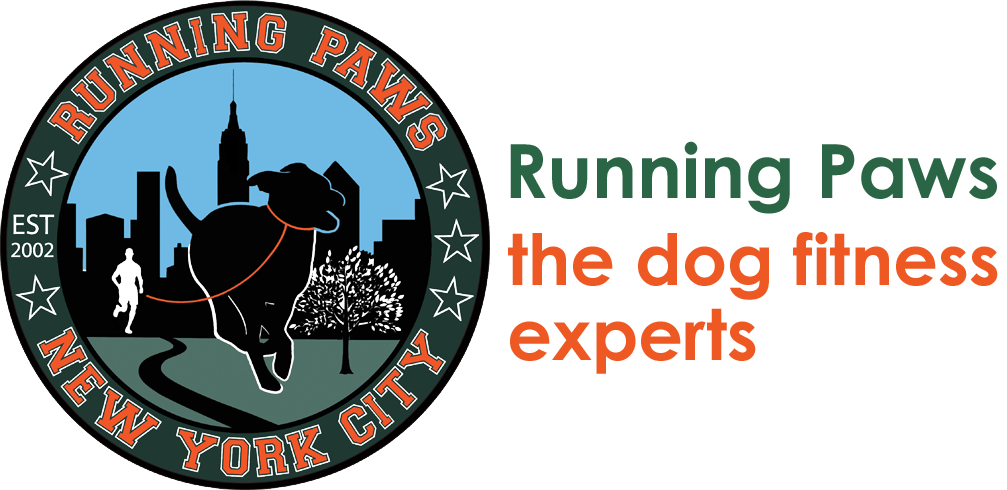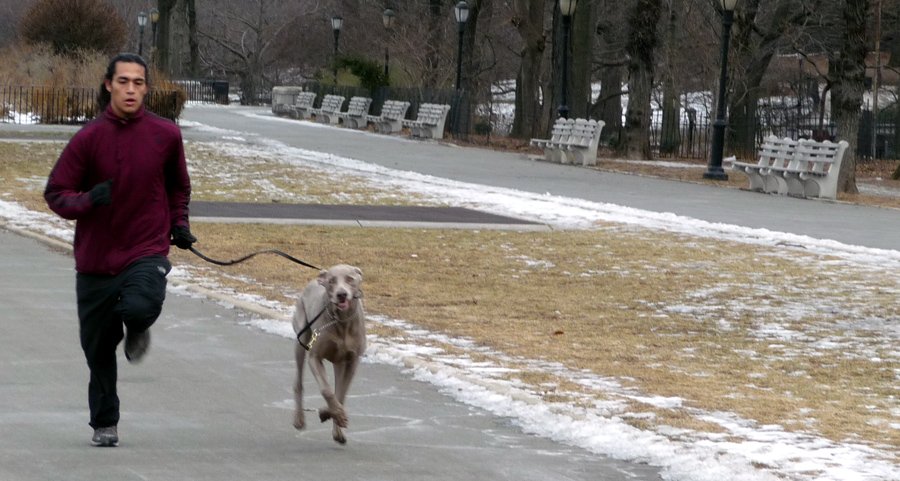Why Daily Exercise Is Essential for Dogs
As any seasoned pet care professional will tell you, daily exercise isn’t just a nice-to-have for your dog—it’s essential. Whether you live in a quiet suburb or the heart of Manhattan, every dog needs consistent physical and mental stimulation to stay healthy, happy, and well-behaved.
The Physical Benefits
Just like people, dogs need regular movement to maintain a healthy weight, strong muscles, and a functioning cardiovascular system. Obesity in dogs is increasingly common, especially in urban environments where dogs may have fewer opportunities to run or play. A lack of exercise can lead to a host of issues: joint problems, heart disease, and decreased life expectancy, to name a few.
Daily walks, particularly those that match your dog’s energy level, help burn calories, maintain muscle tone, and prevent common mobility issues as your dog ages.
Mental Health Matters Too
Dogs don’t just burn physical energy—they burn mental energy. Without a consistent outlet, boredom and frustration set in. That’s when you start seeing destructive behaviors: chewing shoes, barking incessantly, or zooming uncontrollably around your apartment at 10 PM.
A daily walk through your neighborhood provides much-needed enrichment. New smells, sights, and sounds give your dog a chance to explore the world beyond the living room. Even walking the same Manhattan block each day presents tiny changes: a new dog scent here, a dropped sandwich crust there.
Behavior Starts With Routine
One of the most overlooked benefits of regular walks is behavioral. Dogs are creatures of habit. They thrive on routine. A predictable daily walk helps anchor your dog’s day—especially important for young dogs still learning the rules.
Regular walks can reduce anxiety, improve leash manners, and reinforce training cues like "sit," "heel," and "leave it."
Every Dog, Every Day
There’s a misconception that small dogs or older dogs don’t need walks. Not true. Every dog benefits from daily movement, though the duration and intensity will vary. A Yorkie may need 20–30 minutes of structured walking, while a Labrador might do best with two longer sessions.
And puppies? Don’t even think about skipping it. Early exposure to the world builds confidence and lays the groundwork for socialization and training.
What Counts As Exercise?
While daily walks are foundational, they aren’t the only option:
Tug or fetch games
Food puzzles or snuffle mats
Urban agility training (curbs, stairs, small jumps)
Side-by-side jogs or bike rides (for more athletic breeds)
But remember, a quick loop around the block while checking your email doesn’t cut it. Your dog needs your full attention—and ideally, time to sniff, explore, and interact.
Make It Local: Daily Dog Walks in NYC
In Manhattan, daily dog walking has become a must-have for busy professionals. That’s where trusted local services like MixyPaws come in. With coverage across the Upper East Side, Chelsea, Midtown, and more, MixyPaws provides consistent, caring walkers who understand the unique rhythm of city dogs.
Whether you're navigating Stuy Town's paths or circling the reservoir in Central Park, daily walks become a ritual—one that benefits both you and your pup.
The Takeaway
Dogs aren’t meant to lounge 24/7. Regular, mindful movement is a core part of their health, happiness, and behavior. Whether you do it yourself or get help from pros like MixyPaws, make daily walks a non-negotiable.
Your dog doesn’t need perfection. They need consistency. And a little fresh air never hurt anyone.

